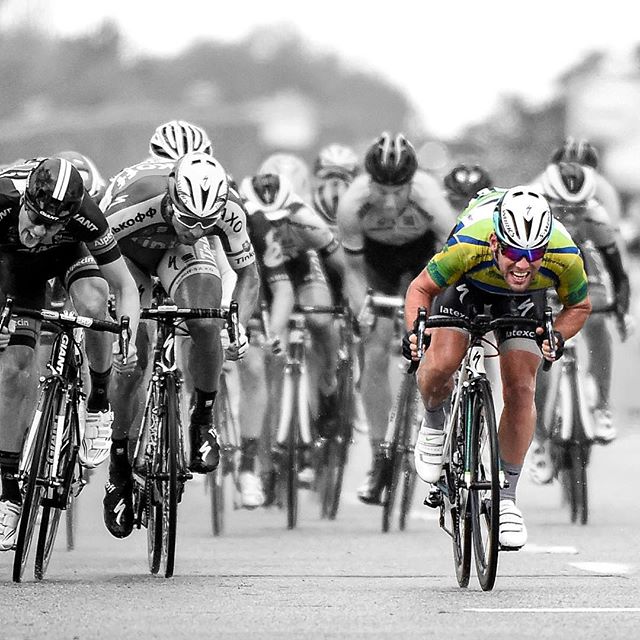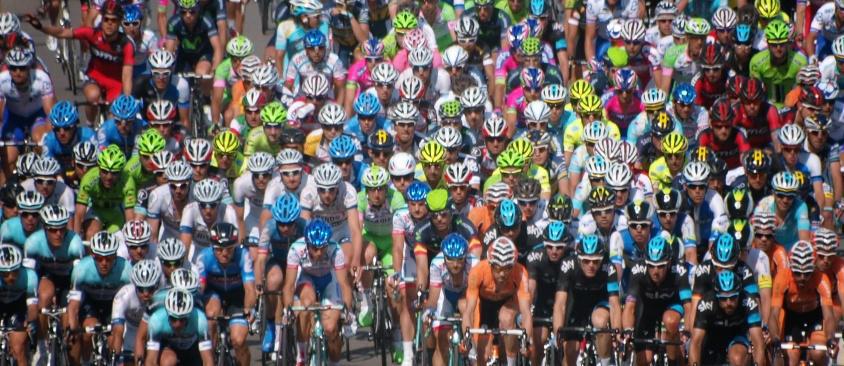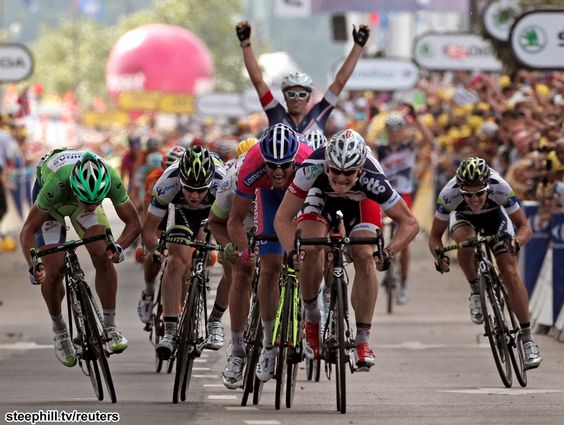The winners of bike races are quite often decided by a sprint finish, and surprisingly it’s not all about the rider that comes over the finish line first. Without the help of his teammates, they couldn’t execute the perfect finish. Yes, don’t get us wrong, we have seen many solo attacks that have stuck, but as a team, you need to be prepared and well rehearsed in order to perform the perfect lead out sprint. The secret is how do they do it? And can this be replicated in less prestigious races such as regional and national races? Let’s look a bit closer at the secrets of the trade.

There is one thing we can learn about sprinters, teams and lead out men, their job is the most important thing of the whole process. Without the right speed, positioning, power and timing the sprint can go very wrong very quickly and when you only have a couple of minutes to get it right, it’s important you know what you are all doing. When watching it all unfold on the day it’s amazing how quickly it all happens, but behind closed doors, it takes practice, strategy planning and job role delegation!
You may have seen it a few times where a lead out actually starts from a long way back, even a good 5km away, this is to prepare themselves for the last few km’s as it can get quite scrappy as riders are pushing for positions. But to do this you need a rider with a real strong engine who can hold it for a good length of time. As the riders get closer and the peloton approach the last few km’s you will see the teams start to line up in what appears a nice orderly fashion. They are in fact setting themselves up for the final sprint and hopefully a win.

It is a particularly hard job to be a lead out train. You need to know what man does what job, seek out the strengths of every rider in the team to ensure smooth, powerful and seamless finishes.
Your last lead out man is often considered as a very strong sprinter in his own right but may be very talented for holding high wattage for long periods of time and making good decisions when under pressure. This type of skill often makes for a good lead out man.
How to lead out:
1. This first bit is a bit of a scrap to find your place in the bunch. Too far back and you won’t be able to get your lead out train in line and in a suitable position for the lead out.
2. The pace setter will start setting a high pace with one of their strongest riders, strong enough that can hold a fast pace and put pressure on the rest of the peloton.
3. After about 500 meters this rider will swing off and make way for the next lead-out man in the train who would have been positioned directly behind the first lead-out man.
4. He then starts to wind the pace up slowly and smoothly to around 900-1000 watts and holds this for approx 30seconds whilst the key sprinter is sitting closely on the wheel.
5. Approx 200meters to the finish line the lead out man will swing off and the key sprinter will start his sprint. At this point, they will be reaching well in excess of 1200 watts to content for the win.
One strange thing about sprinters and their lead-out train is that the key sprinter will always get the limelight, it’s rare that you hear of the guy that swung off at 200meters to go that did all the hard work beforehand to get the sprinter in the right place at the right time. But as a team, riders are happy that they have contributed heavily in sealing a win and know that without them the winner couldn’t have done it without them.

Save
Save
Save
Save
Save
In our next blog find out how this can be done without full support of a pro team. Find out how you can execute the perfect sprint the cheat way!